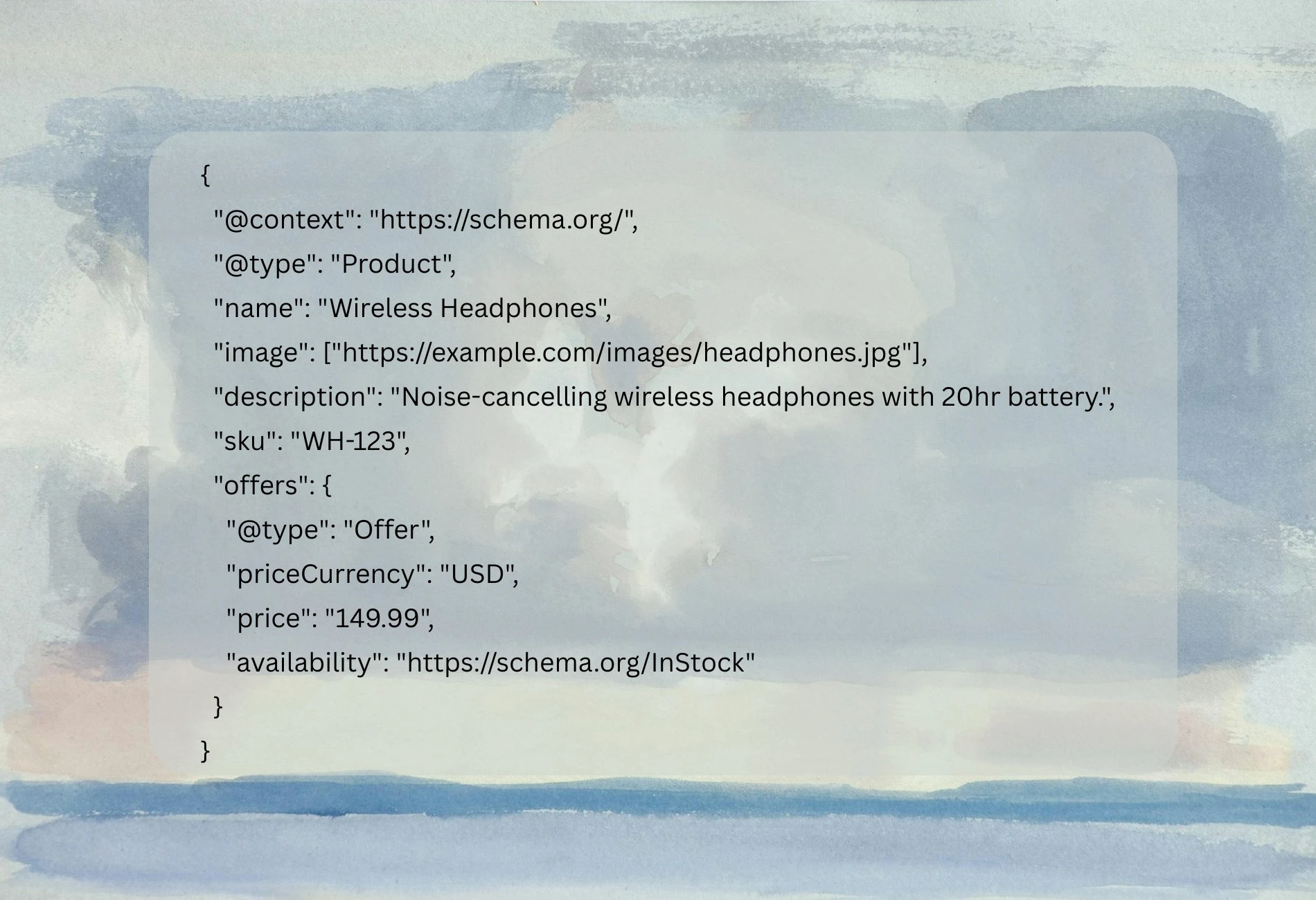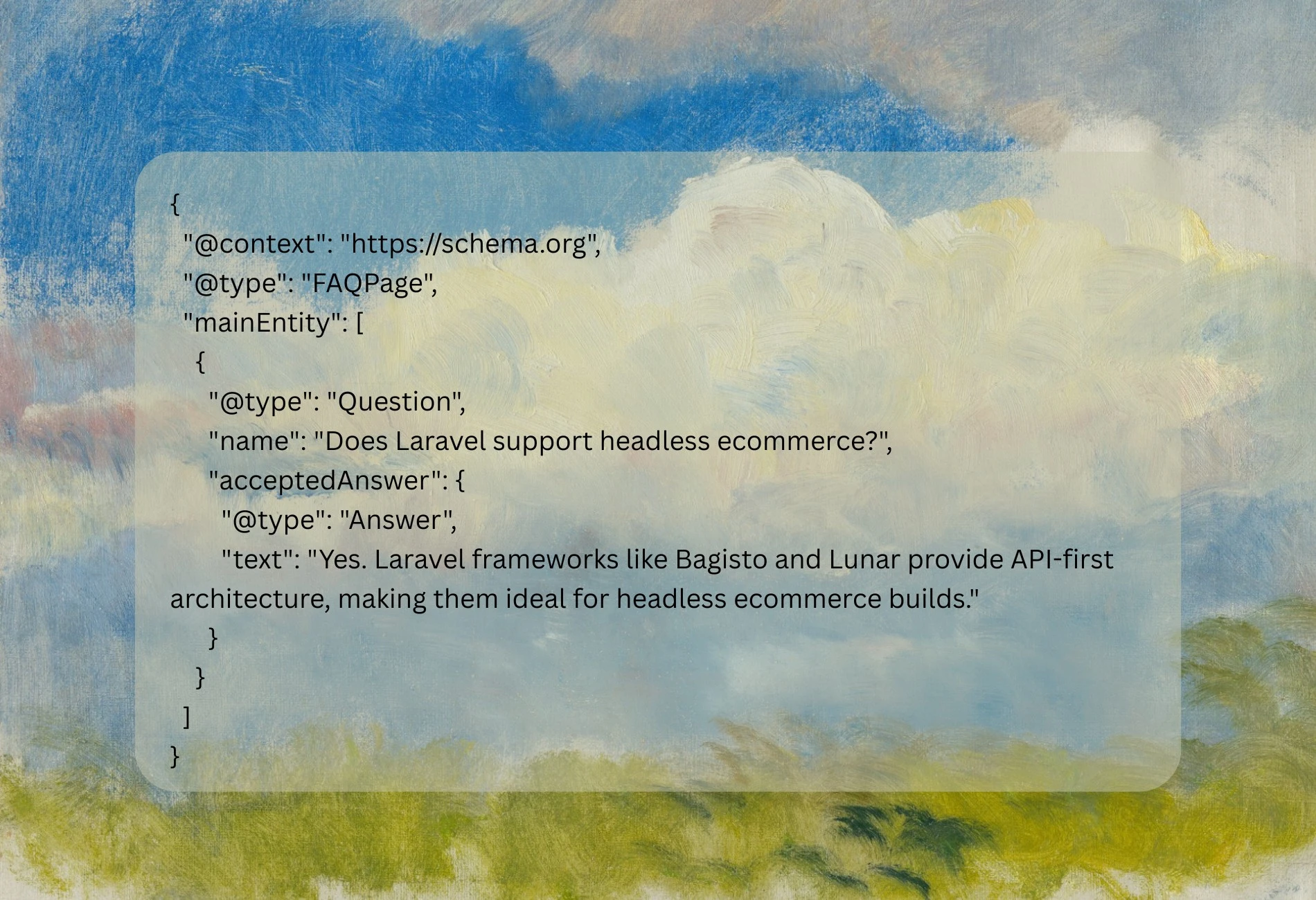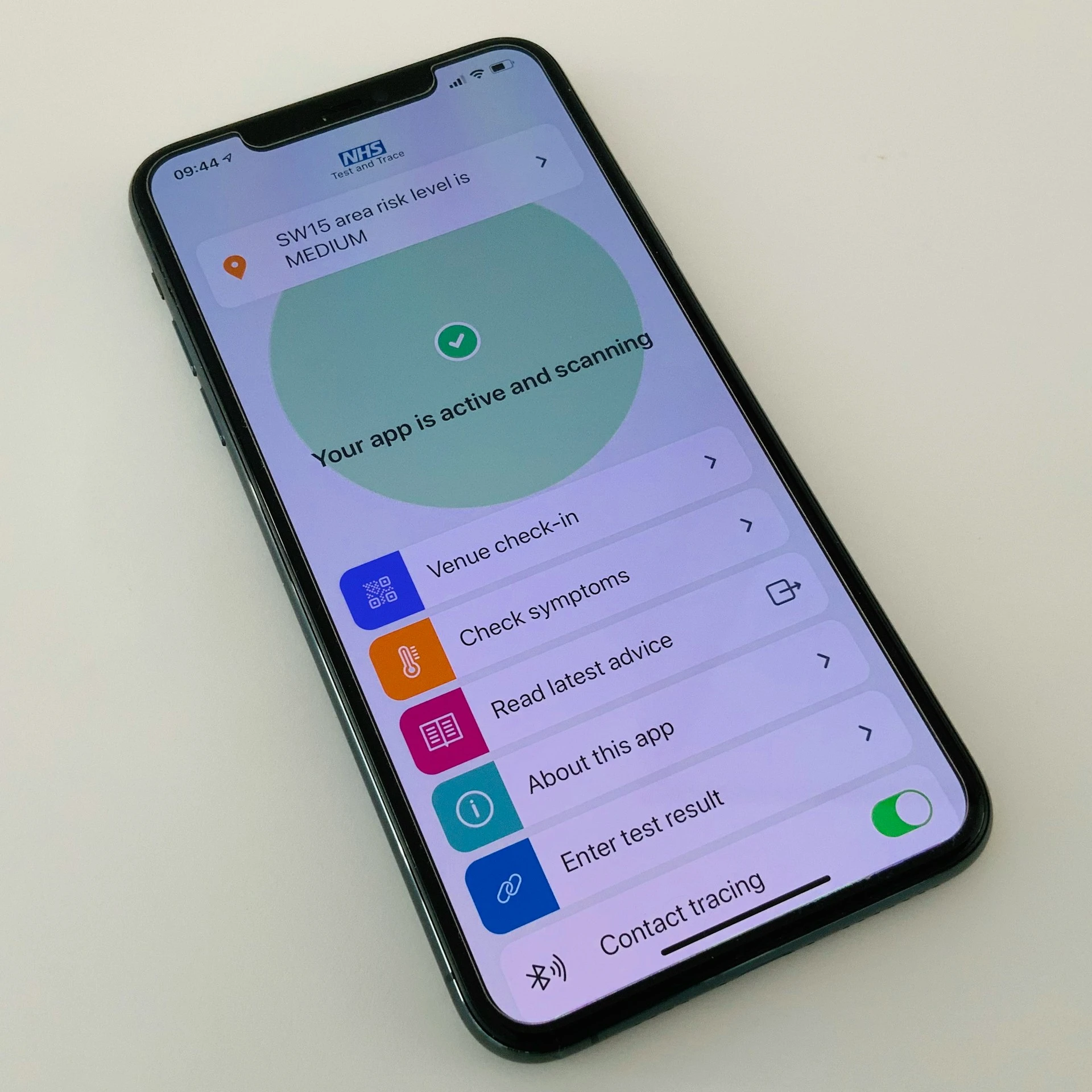
TL;DR
Headless eCommerce is transforming online retail by decoupling the storefront (front end) from the back end. Laravel, backed by ecosystems like Bagisto and Lunar, is becoming a powerhouse framework for building flexible, scalable headless solutions. The approach boosts performance, personalization, SEO visibility, and multilingual expansion.
Below, we unpack what headless means in practice, why Laravel is an excellent fit, how it changes SEO and answer-engine optimization (AEO), and how global/local retailers can roll it out with confidence.
So, what is headless & where does Laravel fit?
In traditional eCommerce systems, the storefront (what customers see) and the back end (inventory, payments, order management) are fused together. This limits innovation, a change to the UI often requires changes deep inside the system.
Headless eCommerce splits these layers: the back end provides data via APIs, while the front end (could be React, Vue, Next.js, or even a mobile app) consumes those APIs. The result: freedom to experiment with design, speed, and channels, without breaking the store engine.
Now, where does Laravel step in?
Laravel is a modern PHP framework that’s developer-friendly, secure, and extendable. Two ecosystems make Laravel particularly suited for headless eCommerce:
- Bagisto – An open-source Laravel eCommerce platform, already API-first, with multi-warehouse inventory and advanced SEO.
- Lunar – A newer headless-first eCommerce package built entirely on Laravel, designed for speed and flexibility.
Together, these give retailers options: Bagisto for quick starts, Lunar for bespoke builds. Both inherit Laravel’s scalability, huge community, and long-term stability.
Technical anatomy & rendering choices
- Laravel back end: Manages products, orders, users, payments, discounts.
- Front end: Next.js, Vue, Nuxt, React Native, etc., fetches product data and renders experiences.
Rendering strategy
- Server-Side Rendering (SSR): Pages pre-render on the server- ideal for SEO and performance.
- Static Site Generation (SSG): Pages built ahead of time- lightning-fast for content-heavy stores.
- Client-Side Rendering (CSR): Works but needs SEO care.
Google recommends SSR or hybrid rendering for eCommerce, especially to ensure product listings, reviews, and structured data are crawlable. Laravel works seamlessly with frameworks like Next.js for this purpose.
Example: Laravel Controller Handling Schema Injection.

This is how Laravel can push rich structured data into your storefront. Structured data is the backbone of SEO and AEO (voice/search snippets).
SEO in a headless laravel world
Technical SEO
- Ensure SSR/SSG rendering so crawlers see your content.
- Inject structured data for products, FAQs, reviews, and breadcrumbs.
- Optimize Core Web Vitals with Laravel + Next.js/Vue builds.
Content SEO
- Use a headless CMS like Laravel Nova or Strapi to feed localized content.
- Dynamic category/product pages for GEO targeting.
Example schema
Here’s a quick JSON-LD FAQ snippet a Laravel store could serve

This type of schema is what drives Google’s FAQ rich snippets, gold for AEO.
AEO (Answer Engine Optimization): Winning featured snippets
Search isn’t just blue links anymore. Answer engines, featured snippets, and voice assistants prefer structured, concise answers.
How to optimize Laravel headless stores for AEO
- Add 4–6 FAQ blocks per product category, marked with
FAQPageschema. - Create micro-answers (40–60 words) answering product-specific questions.
- Use
FAQPage,HowTo, andProductschemas. - Summarize key definitions in 50 words for snippet optimization.
Example FAQ
Q: How long does shipping take?
A: Standard delivery takes 3–5 business days, with express options available at checkout.
Q: Can I return this product?
A: Yes, items can be returned within 30 days in original condition for a full refund.
Mark these with FAQPage schema for higher chances of being surfaced in featured snippets.
Micro-answers: Create product highlight boxes (40–60 words) answering queries like “Is this waterproof?” These short answers are voice-search-friendly.
Structured schema: Use FAQPage, HowTo, and detailed Product schemas. This tells AI systems what content is authoritative.
Concise definitions: At the top of blog posts or category guides, summarize concepts in under 50 words (perfect snippet bait).
Laravel’s backend can support this by delivering FAQ data via APIs, so front ends render both the HTML content and structured data.
AEO is not about tricking algorithms, it’s about answering customer questions clearly and structurally. Done right, this increases both visibility and trust.
GEO: Localization and global scaling
Headless Laravel setups excel at GEO targeting because APIs can serve localized content to different front ends.
- Multi-currency: Bagisto supports it natively; Lunar is easily extensible.
- Localized content: Serve unique promotions and descriptions by region.
Market examples:
- European clothing brand: Global backend with German, French, and Spanish storefronts.
- Indian retailer: Multilingual, multi-currency Laravel setup optimized for local SEO.
GEO optimization isn’t just translation; it includes cultural adaptation, payment gateway alignment, and structured data alignment with local search engines.
Implementation checklist
For developers
- Pick your Laravel engine: Lunar, Bagisto, or Aimeos.
- Use front end with SSR/SSG (Next.js/Nuxt).
- Add Product, FAQPage, and BreadcrumbList schema.
- Automate sitemap and hreflang with Laravel jobs.
- Use ISR for fresh catalog updates.
For marketing/SEO teams
- Write AEO-friendly FAQs on key pages.
- Localize metadata and keyword strategy.
- Monitor Core Web Vitals regularly.
- Track snippet performance via Google Search Console.
Closing thought
Headless eCommerce with Laravel isn’t just a tech stack; it’s a business model enabler. Faster load times, structured answers, and localized content mean higher rankings, more voice-search visibility, and better conversions globally.
Explore our headless portfolio where Laravel backends and Next.js storefronts meet speed and localization.
Contact us to discuss how we can architect a scalable, SEO-optimized, and globally ready headless solution for your business.
Developer Tips & Insights

Building a HIPAA-safe Patient Dashboard with Next.js + Node.js- powered by Brightree data through MuleSoft


